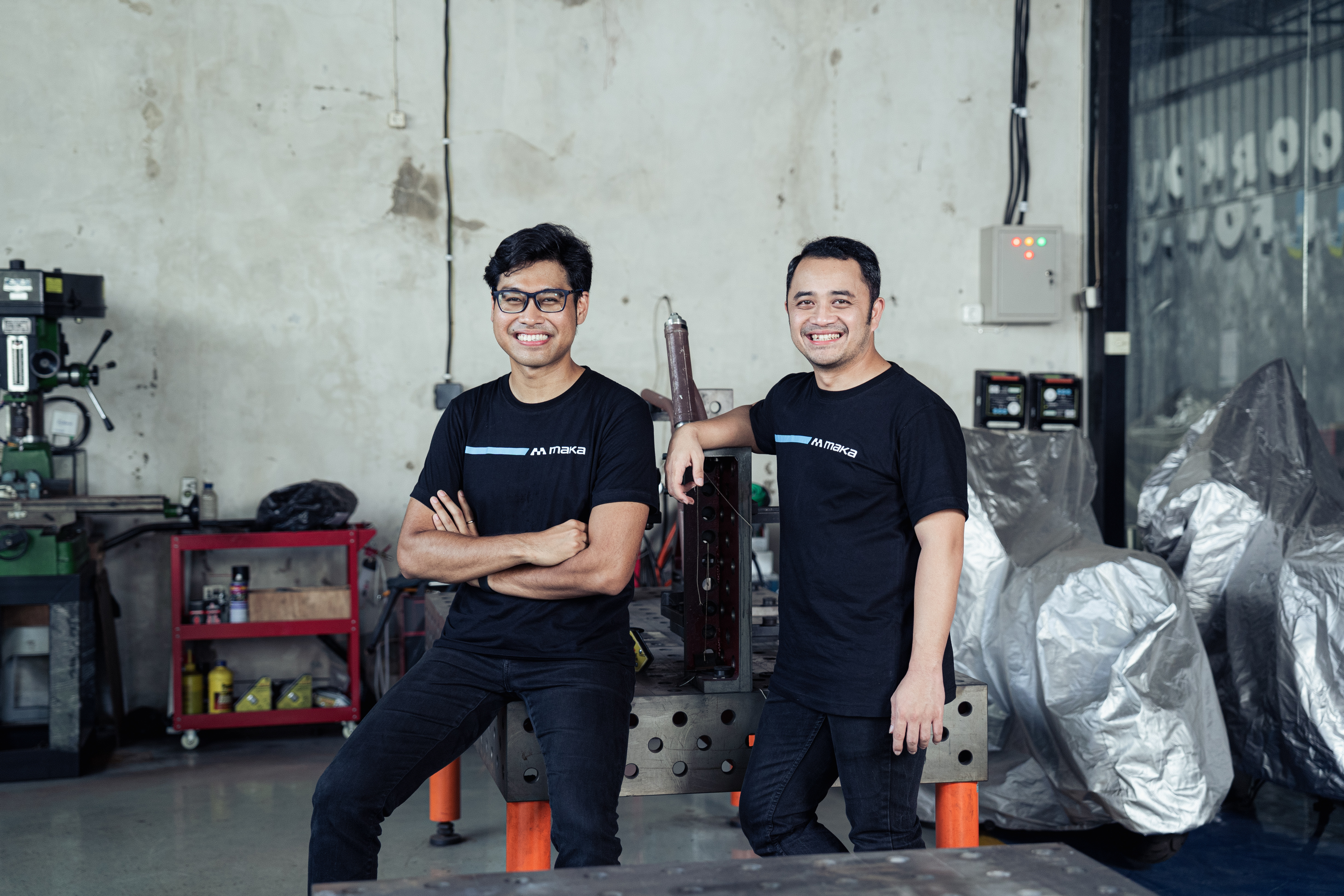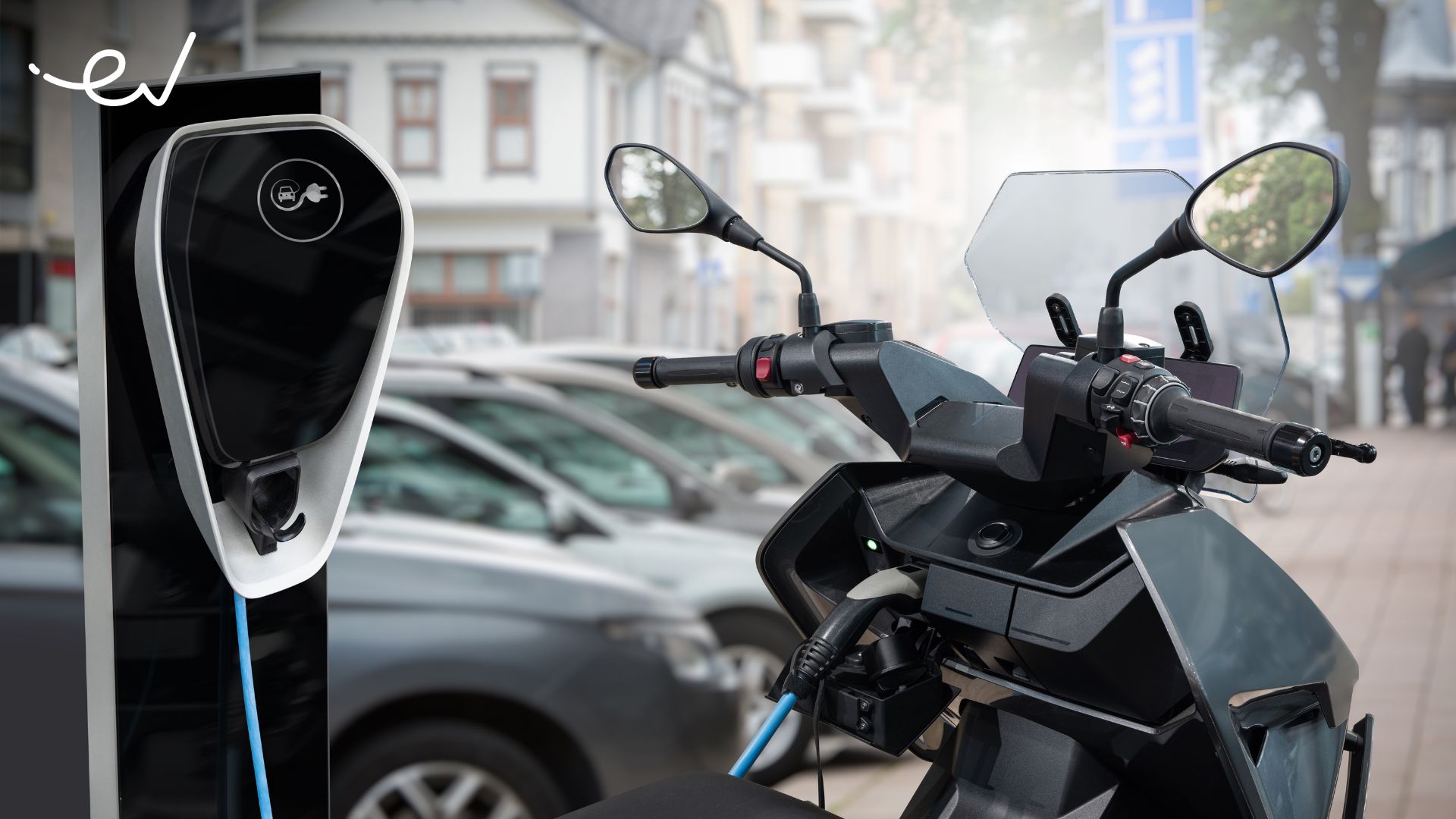While electric vehicles (EVs) are poised to transform mobility across the world, a lesser-known revolution is underway in Southeast Asia (SEA) – the rise of electric two-wheelers. In a region full of motorcycles and scooters, these silent, emission-free alternatives offer the most immediate promise to SEA countries in combating climate change and leapfrogging into a sustainable future.
EV demand in Southeast Asia
SEA houses four of the world’s top motorcycle markets: Indonesia, Vietnam, Thailand, and Malaysia. Together, SEA countries have more than 200 million motorbikes, which is equal to the number in India, the world’s largest motorcycle market. Taking a conservative estimate of a product life cycle of 15 years for an internal combustion engine (ICE) bike and an average price of US$1,500 per motorcycle, you get a massive US$15 billion addressable replacement market that EV two-wheelers companies can potentially target.
Current EV two-wheelers’ sales hover around one percent of new two-wheeler sales in Indonesia, with similar figures in Thailand and Vietnam, but projections suggest rapid growth exceeding 50% compound annual growth rate (CAGR) in the coming years, fueled by government incentives, improving infrastructure, and shifting consumer preferences.
For instance, the governments of key markets such as Indonesia, Thailand, the Philippines, and Malaysia offer incentives or subsidies for buyers to purchase EV two-wheelers, lowering barriers of entry for early adopters. However, sustained long-term growth will require further reduction in EV two-wheeler prices through economies of scale and more innovation, along with the development of robust supporting infrastructure encompassing charging, distribution, and servicing.
The future of EV two-wheelers industry
As of 2024, EV two-wheelers are viewed as novel alternatives to traditional combustion engine bikes in Southeast Asia. These emission-free rides not only offer quieter transportation but also present immense economic potential for SEA countries with strong domestic ICE motorcycle manufacturing industries. For instance, Indonesia stands to benefit from developing a battery industry, aligning with its national development objectives focused on fostering the battery or mineral and automotive manufacturing value chain. Starting with EV two-wheeler battery manufacturing can position Indonesia as a key player in the emerging EV market.
EV two-wheelers are cheaper to design and manufacture, with lower grid load requirements for charging compared to four-wheelers. This affordability factor not only encourages customer adoption but also serves as a catalyst for the development of domestic manufacturing capabilities within the SEA region. EV two-wheelers will act as a starting point for SEA industries to build experience, scale, and supply chain ecosystems for future electrification of the rest of land transportation. We see a long-tail trend where local manufacturers will also eventually transition to producing electric personal and commercial vehicles and tackling the bulk of land transport emissions.
From the consumer standpoint, EV two-wheelers are also more economical in terms of the total cost of ownership (TCO). Although current initial prices of EV two-wheelers are higher than their ICE counterparts, EV two-wheelers’ operational costs are cheaper. First, savings come from energy costs. To travel 100km, an ICE motorcycle typically requires approximately US$1.67 worth of gasoline, while EV two-wheelers only need one-sixth the cost in electricity. Additionally, EV two-wheelers entail lower annual maintenance expenses, as they do not need to change oil. The annual maintenance cost of an EV two-wheeler is estimated to be half that of an ICE motorcycle.
Challenges and opportunities for disruption
The transition to widespread adoption of EV two-wheelers is not without challenges. These challenges are also market opportunities for disruptors to innovate and pave the way for widespread EV adoption.
1. Common charging infrastructure
To support the widespread adoption of EV two-wheelers, a common charging infrastructure standard is critical, particularly for commercial applications where intra-day charging is often required. Many brands we see today wish to create their own charging and battery protocols, creating a walled garden for their own hardware ecosystem. This will hinder mass adoption and impede efforts to create a common charging standard, potentially limiting their own market expansion. We foresee disruptors coming into the market with innovative and sustainable business and partnership models that can drive the adoption of a homogenous charging standard across the region.
2. Dealership and post-sale support network
Most EV two-wheeler brands are new and lack established dealership and servicing networks, unlike major incumbent ICE brands. The availability of aftermarket and original equipment manufacturer (OEM) parts and workshop expertise in EV two-wheeler maintenance is key for fostering consumer trust and mass adoption of any form of vehicle. We are already seeing startups understanding the need for a strong dealership network and, more importantly, a wide post-sale support network for EV two-wheelers. This will be a key differentiator that will separate the new EV entrants that can compete versus those that will find it hard to sustain growth at scale.
3. Secondary market ecosystem
As the EV market is still nascent in SEA, there are no established secondary markets for EVs yet. This has a direct impact on financing and insurance pricing of EVs, because they require an established secondary market to price residual values and depreciation rates of EVs. We see a greenfield market opportunity for used EV marketplaces if they are able to offer assurance to buyers, especially around the batteries within the EVs.
4. Disruptive financing models
Across the on-demand and logistics industries in SEA, employees typically buy and finance their own motorcycles, at extremely high interest rates. Enterprise customers can play a key role in disrupting the market by taking on financing themselves at much lower rates from banks and leasing EVs to their employees, thus passing down cost savings to their employees or potentially sharing the upside together with them. This also allows the large on-demand platforms to take ownership of their electric transition and net zero commitments.
East Ventures’ thesis on EV
East Ventures envisions a future where EVs are the norm in SEA, with startup disruptors playing a significant role in kick starting the broader ecosystem, before sharing the market with incumbent players. As the transition to electric mobility gathers momentum, greenfield areas include financing, insurance, corporate leasing models, and flexible charging infrastructure, among others.
A strong rising player in this space is MAKA Motors, backed by East Ventures since 2023. Its advancements directly address previous drawbacks of EV two-wheelers, designing purpose-built, well-thought-out products that are made by riders, for riders.

MAKA Motors stands out for several reasons:
- Highly competent team: MAKA Motor’s founders are highly capable and have expertise in the two-wheeler market, encompassing demand, usage patterns, and industry dynamics.
- Innovative product design: MAKA Motors’ product designs set a new standard by departing from traditional boxy, unattractive models to offerings that resonate with buyers.
- Well-defined go-to-market strategy: The company’s well-defined go-to-market strategy sets them apart from its competitors. MAKA Motors understands market demand, pricing strategies, and effective product positioning, ensuring its EV two-wheelers cater precisely to its target customers.
Disruptive companies like MAKA Motors, supported by the right government policies, knowledge transfer from mature markets, and technological advancements, lead the charge for other startup innovations. The transition to EV two-wheelers is expected to unfold over the next decade or more, following the 15-20 years lifespan of motorcycles. Amidst this transition, demand for EV two-wheelers will continue to grow, making this sector more compelling in the years ahead.
Are you a startup in the EV or renewable energy sector looking to receive VC funding? Send your pitch.
By Zhengyi Zhu, Investment Professional at East Ventures & Gavin Adrian, Investment Professional at East Ventures







